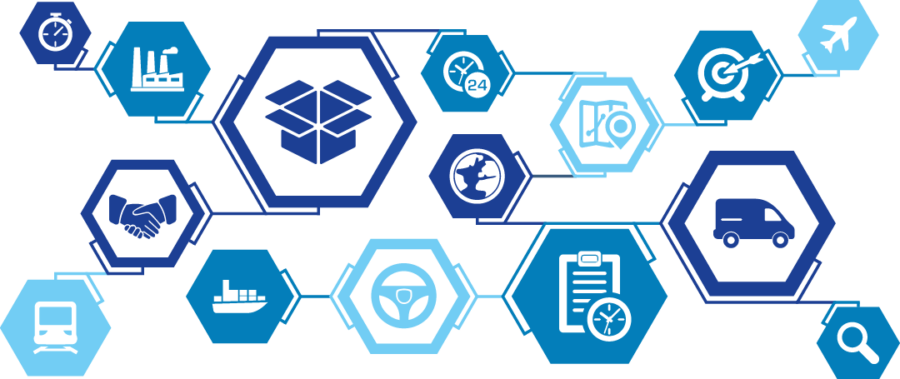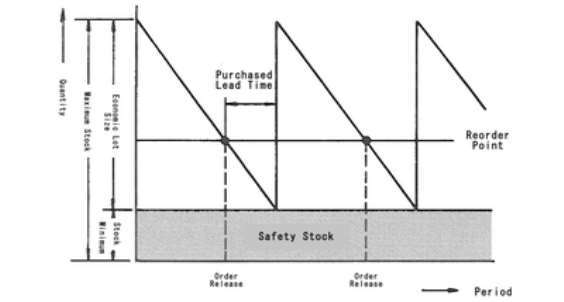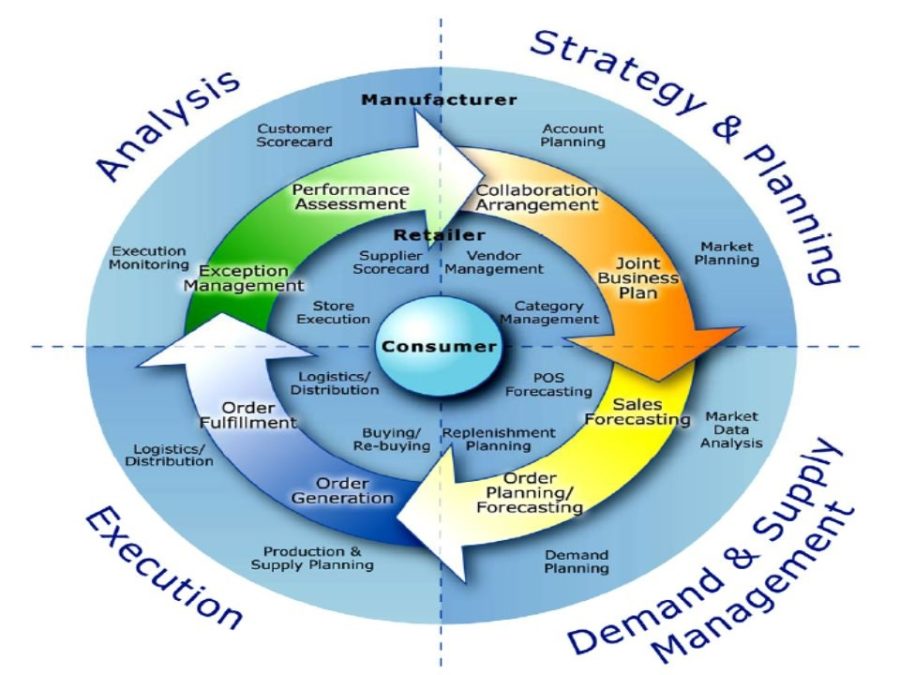Competition level within every industry is constantly growing and businesses try to find any possible ways to improve quality of products and services. However, quality is quite a complex concept that can be viewed as a measure of perfection. Quality improvement leads to a perfect product that is meant to satisfy the customer. In the early 1980s, the seven management and planning tools were designed as major tools for effective planning and management of processes, which are above the quality operation.
They are as follows:
1. Affinity DiagramsThe first of the tools in the list is Affinity diagrams. The affinity diagram is a visual brainstorming instrument that can be used to categorize various facts and data, ideas and opinions by a proximity factor.… Read the rest


